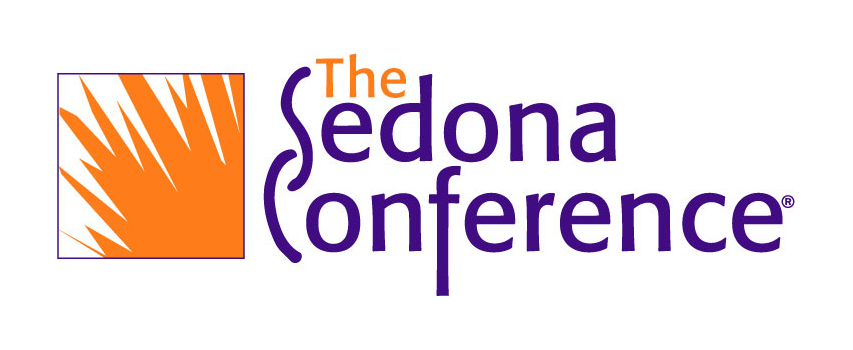Can Proportionality Rehabilitate Discovery

The key lessons learned during a panel on proportionality that I recently moderated are that the specific circumstances surrounding a case, the nature of the data itself and the arguments for or against the requested discovery lead to highly variable outcomes and decisions regarding proportional scope of discovery.
“The Sedona Conference Commentary on Proportionality in Electronic Discovery,” released in final form earlier this year by the Working Group on Electronic Document Retention and Production (WG1) provides a great roadmap to achieve the specificity practitioners need to successfully navigate these issues, measure the scope of discovery and appropriately temper their approach. Four themes really stand out in the paper, including value, uniqueness, inaction and technology assisted review.
Measuring Value
While there is interesting thought leadership in some circles regarding the potential intrinsic value of data, and there might actually be a chance to put data on a balance sheet someday, it doesn’t necessarily help in most discovery disputes yet. WG1’s commentary includes an enlightening introduction and discussion that presents the tangible factors that can be measured. Namely, importance of the issues, amount in controversy, accessibility, resources, importance, burden, expense and likely benefit.
Determining Uniqueness
Principle 1 refers to the concept of “uniqueness of the information.” On one hand, the uniqueness of any particular piece of data and various compilations is diminishing because data is so frequently duplicated across different storage mediums and custodians. On the other hand, there is an increasingly diverse universe of communication mechanisms and data formats. As a result, variability of data is increasing as technology continues to change rapidly and get deployed in various pockets of a company or industry. This phenomenon will continue to challenge lawyers to carefully scrutinize any preservation plan. Thinking about the connection to Principle 2, even the “most convenient, least burdensome, and least expensive sources” might still be relatively inconvenient and incur noteworthy expense.
Detriments of Inaction
WG1’s last comment regarding Principle 3 (“Undue burden, expense, or delay resulting from a party’s action or inaction should be weighed against that party”), which says, “The resolution of these and other disputes can be fact-intensive, requiring the court to assess whether the requesting and responding parties complied with their discovery obligations…” might be an understatement! This principle understandably ties directly back to the themes of the commentary on the first principle. From my perspective, caution against inaction is most prudent. At times it might be surprising, but inaction (or significantly delayed action) seems to still be a persistent problem. Reconstructing undocumented collections, piecing together litigation hold notices and instructions, or reconciling new collections with legacy data are the types of costly and distracting problems that can be a byproduct of inaction.
Undeniable Benefits of Sound Ediscovery Technology
The Sedona Commentary on Principle 6 regarding use of technologies to reduce cost and burden is rightfully neutral, informative about the options, thoughtful about the potential economic impacts and not overly insistent about its uses. I found two of the most salient points to be the following:
- “A responding party who refuses to consider the use of an appropriate, technology to reduce e-discovery burdens, even when, it is reasonably available and within that party’s resources, will have a difficult time making any later claim based on disproportionality or undue burden caused by that refusal.”
- “Parties should consider involving individuals with expertise or knowledge of the technological methods at issue to help in this process. Further efficiencies may be realized by including such individuals in the meet and confer process and in court conferences.”
The Bottom Line
In summary, the major takeaway from Sedona’s analyses of proportionality, coupled with my own experience is this: You won’t know until you look. So, look carefully, partner with the right experts and leverage innovative technology to guide your discovery.
